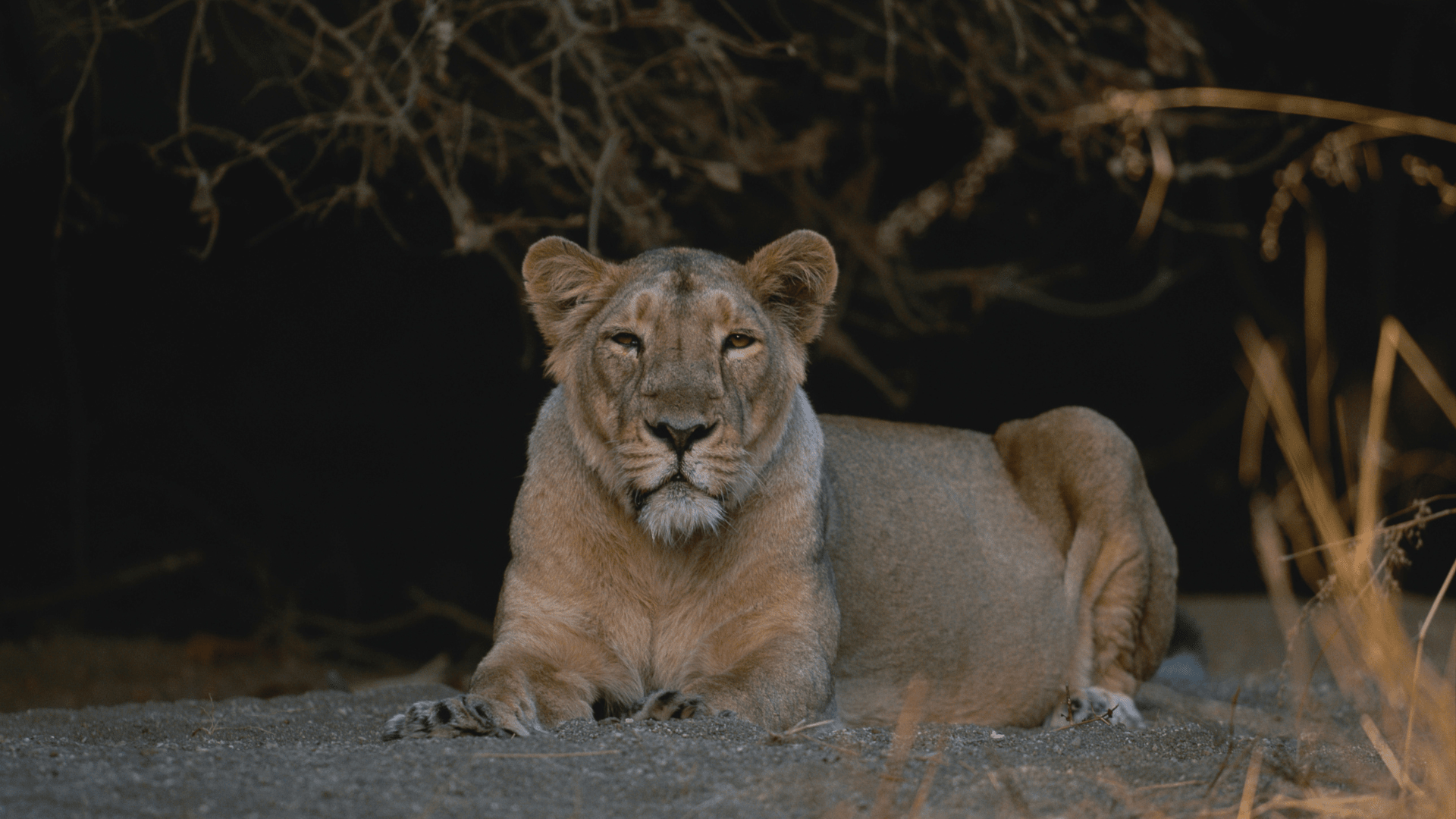One Horned Rhinoceros in India
The Greater One Horned Rhinoceros, also known as the Indian Rhinoceros or the Great Indian Rhinoceros, is one of the most iconic animals in India. With its distinctive horn, thick skin, and stocky build, the rhino is a symbol of strength and resilience. In this article, we will explore all aspects of the one-horned rhino in India, including its distribution and habitat, behavior, courtship, lifespan, threats, conservation techniques, and the best places to see them.
Geographical Distribution & Natural Habitat
The Greater One Horned Rhinoceros is native to the Indian subcontinent, with the largest population found in the northeastern state of Assam. The species can also be found in the Terai region of Nepal, in the grasslands of the Brahmaputra and Ganges river valleys, and in the forests of Bhutan and Bangladesh.
The rhino's habitat consists of tall grasslands, riverine forests, and swampy areas. They prefer areas with tall grasses and shallow water bodies where they can graze and wallow in the mud. The rhinos are excellent swimmers and can often be seen crossing rivers and streams in search of food.
Conduct
The Greater One Horned Rhinoceros is a solitary animal that is active during the early morning and late afternoon. They spend most of their time grazing and browsing on vegetation, with their diet consisting of grasses, leaves, and branches. The rhinos have a well-developed sense of smell and hearing, but their eyesight is relatively poor.
The rhinos are known for their aggressive behavior, particularly when they feel threatened or are defending their territory. They use their horns and powerful bodies to attack potential predators and intruders. However, they are generally peaceful animals that prefer to avoid conflict whenever possible.
Courtship
The courtship behavior of the Greater One Horned Rhinoceros is an interesting and complex process. The males will often mark their territory with urine and feces to signal their presence to potential mates. The females will respond by leaving scent marks of their own, which the males will then follow to locate them.
Once a male has located a female, he will engage in a series of courtship rituals, including vocalizations, physical displays, and physical contact. The male will often charge at the female and attempt to mount her, but the female will only allow mating to occur when she is receptive.
Lifespan
The Greater One Horned Rhinoceros has a relatively long lifespan, with individuals living up to 40 years in the wild. However, their lifespan can be significantly shorter in captivity due to various factors, including disease, stress, and poor nutrition.
Threats
The Greater One Horned Rhinoceros is classified as a vulnerable species by the International Union for Conservation of Nature (IUCN). The primary threat to the species is poaching, with the rhino's horn being highly valued in traditional Asian medicine and as a luxury item. Habitat loss and fragmentation are also significant threats, with large areas of the rhino's habitat being converted into agricultural land or degraded by human activities.
Biodiversity preservation methods
To protect the Greater One Horned Rhinoceros from these threats, several conservation techniques have been implemented in India. These include:
Anti-poaching efforts - The government of India has established a strong network of anti-poaching squads to prevent illegal hunting and trafficking of rhinos.
Habitat protection - Several protected areas, such as Kaziranga National Park and Manas National Park, have been established to protect the rhino's habitat.
Community participation - Local communities have been involved in conservation efforts through programs such as eco-tourism and sustainable livelihoods.
Translocation – Rhinos have been translocated to new areas to establish new populations and reduce the risk of inbreeding.
Monitoring and research - Regular monitoring and research programs have been established to track the population size, behavior, and health of the rhinos.
These conservation efforts have been successful in increasing the population of the Greater One Horned Rhinoceros in India. According to the latest estimates, there are around 3,700 rhinos in India, with most of them living in Assam.
Best places to see them
If you want to see the Greater One Horned Rhinoceros in its natural habitat, there are several places in India where you can do so. Some of the best places to see them include:
Kaziranga National Park - Located in Assam, Kaziranga is home to the largest population of Greater One Horned Rhinoceros in the world. The park is also home to other iconic animals such as tigers, elephants, and water buffaloes.
Pobitora Wildlife Sanctuary - Another protected area in Assam, Pobitora is known for its dense population of rhinos. The sanctuary is also home to a variety of bird species and other wildlife.
Manas National Park - Located in the foothills of the Himalayas in Assam, Manas is a UNESCO World Heritage Site that is home to a variety of endangered species, including the Greater One Horned Rhinoceros.
Jaldapara National Park - Located in West Bengal, Jaldapara is home to a significant population of rhinos, as well as other animals such as elephants, tigers, and leopards.
The Greater One Horned Rhinoceros is an iconic species that is an integral part of India's natural heritage. While the species still faces several threats, conservation efforts have been successful in protecting and increasing their population in India. With its distinctive appearance and behavior, the rhino is a must-see animal for any wildlife enthusiast visiting India.


